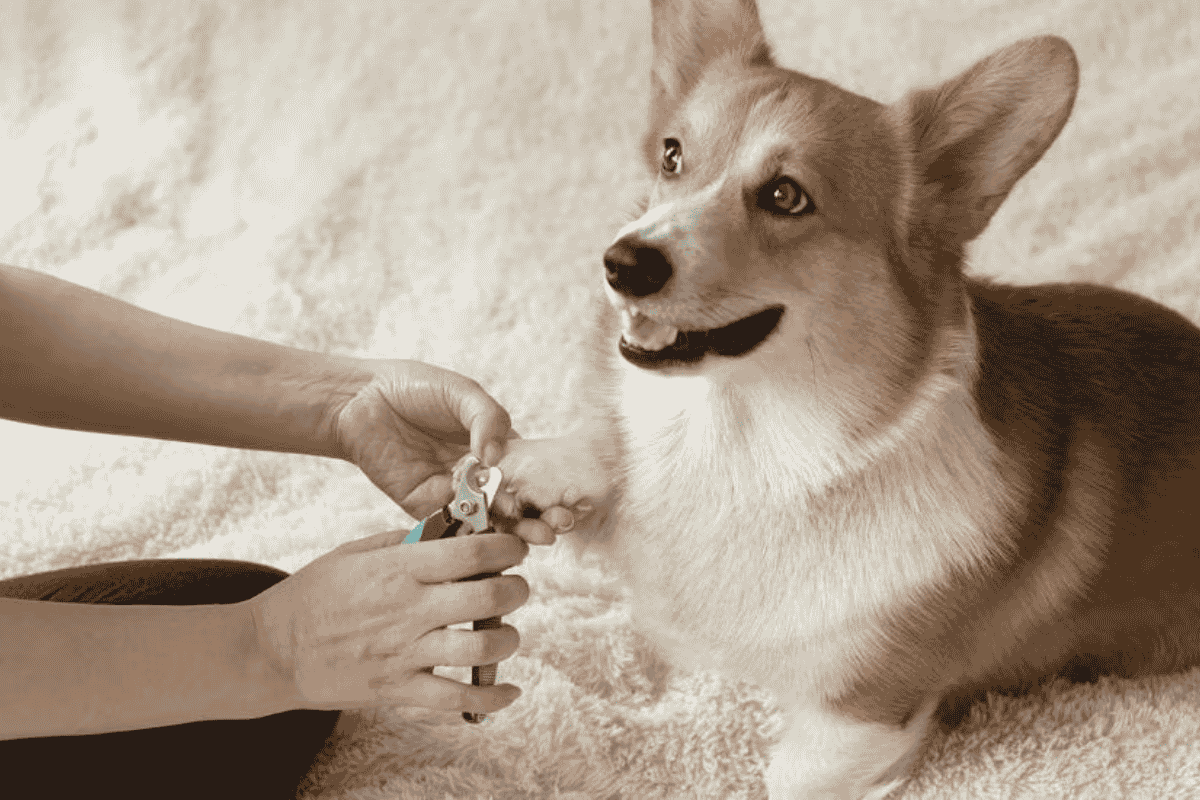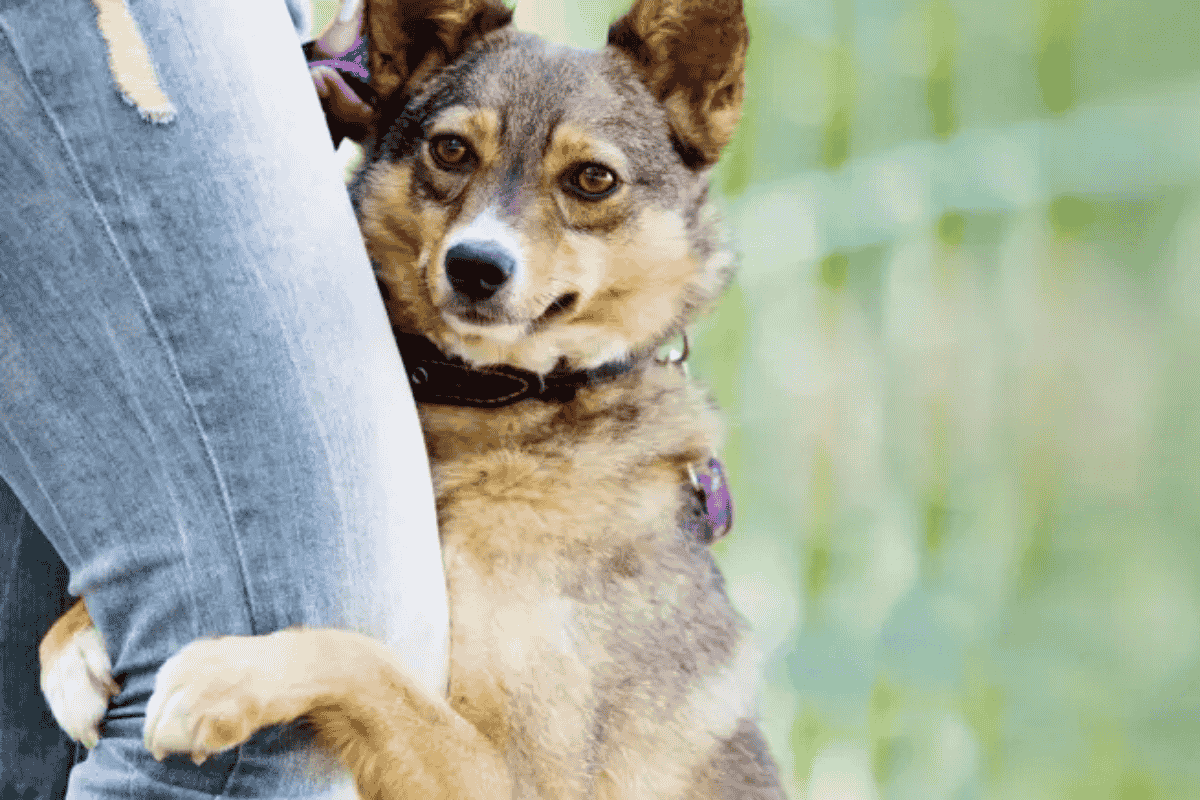Good preparation before your dog goes into labor—also called whelping—can make the process smoother and less stressful for both you and your dog. Understanding what’s normal and knowing when to seek help ensures a safe delivery and healthy puppies.
What Is Whelping?
Whelping is the term for a dog giving birth.
A dog’s pregnancy lasts about 63 days (a little more than two months after breeding). One of the earliest signs that whelping is near is a drop in your dog’s body temperature.
Most dogs give birth naturally without assistance, but being informed and ready can make all the difference if complications arise.
How To Prepare Your Dog for Whelping
Here are key steps to take before your dog gives birth:
1. Know Your Dog’s Due Date
Count 45 days from the breeding date and schedule a veterinary appointment for an X-ray. This will help your vet determine how many puppies to expect, which is helpful during delivery.
2. Adjust Your Dog’s Diet
Switch gradually to a high-quality puppy food during pregnancy. Puppy food supports growth and provides the extra nutrients needed for both mom and her developing puppies.
Avoid calcium supplements unless prescribed, as they can lead to postpartum complications.
3. Set Up a Whelping Box
Choose a quiet, safe space for your dog to give birth.
You can use:
- A ready-made whelping box
- A smooth wooden box or plastic kiddie pool lined with soft bedding or disposable pee pads
The area should allow your dog to enter and exit easily but still keep the puppies safely contained.
4. Avoid Exposure to Other Dogs
Keep your pregnant dog away from public places such as dog parks and daycares, especially in the final weeks of pregnancy. This prevents exposure to contagious diseases that could endanger her or the puppies.
5. Monitor Her Temperature
Use a rectal thermometer to check your dog’s temperature daily near her due date.
- Normal temperature: 101.5°F
- When it drops below 100°F, labor usually begins within 24 hours.
Signs Your Dog Is Ready for Whelping
A temperature drop is one of the earliest indicators that labor is near. You may also notice:
- A clear vaginal discharge
- Restlessness or pacing
- Panting or shivering
- Nesting behavior, such as digging or rearranging bedding
These signs typically appear in the 12–24 hours before active labor begins.
The Stages of Whelping
Whelping happens in three main stages, each with unique signs and needs.
Stage One: Uterine Contractions Begin
This stage starts when the uterus begins to contract and the cervix dilates.
Signs include:
- Restlessness and nesting
- Panting, shivering, or vomiting
This stage usually lasts 6–12 hours, but can last up to 36 hours for first-time mothers.
Stage Two: Puppies Are Born
This stage begins with the birth of the first puppy.
Each puppy is born in a membrane that the mother typically tears open. If she doesn’t, gently use a warm towel to remove the membrane and rub the puppy to stimulate breathing.
Expect each puppy to arrive every 30–60 minutes, with 10–30 minutes of pushing per pup.
A short break during labor is normal, but seek immediate veterinary help if:
- Your dog strains for over 30 minutes without producing a puppy
- She rests longer than 4 hours between puppies
Stage Three: The Placenta Is Expelled
Each puppy’s placenta passes shortly after birth.
Your dog may try to eat it—this is natural but unnecessary. Eating the placenta isn’t harmful but may cause diarrhea, so it’s best to dispose of it safely.
Potential Issues During Whelping
While most dogs deliver without problems, some may experience complications that require veterinary attention.
Seek immediate help if your dog:
- Has been pushing for over 30 minutes without producing a puppy
- Takes a break longer than 4 hours between puppies
- Appears weak, listless, or unresponsive
- Has foul-smelling or discolored vaginal discharge
Normal postpartum discharge is dark red, green, or brown but should not smell bad and will gradually lessen over the next eight weeks.
Most dogs handle whelping naturally, but preparation and vigilance are key.
By understanding what to expect—before, during, and after labor—you’ll be ready to provide comfort, monitor for complications, and ensure your dog and her puppies start off healthy and strong.
FAQs
What is whelping in dogs?
Whelping is the process of a dog giving birth. It typically occurs about 63 days after breeding and involves three stages of labor—contractions, delivery of the puppies, and expulsion of the placentas.
How can I tell if my dog is going into labor?
Signs that your dog is about to go into labor include a drop in body temperature below 100°F, restlessness, panting, pacing, shivering, and nesting behavior. A clear vaginal discharge may also appear shortly before labor begins.
What should I prepare before my dog gives birth?
Set up a whelping box in a quiet, safe area with clean bedding or disposable pads. Gather supplies such as clean towels, gloves, a thermometer, and your veterinarian’s emergency contact number. Keep your dog away from other dogs to prevent disease exposure.
How long does dog labor last?
Stage one of labor can last 6–12 hours (sometimes up to 36 hours for first-time mothers). Puppies are typically born every 30–60 minutes during stage two, and the entire process can take several hours. Each puppy’s placenta usually passes after birth.
When should I call the vet during whelping?
Contact your veterinarian immediately if your dog pushes for more than 30 minutes without delivering a puppy, rests for over four hours between puppies, seems weak or unresponsive, or has a foul-smelling vaginal discharge.
Is it normal for my dog to eat the placenta?
Yes, some dogs naturally eat the placenta after giving birth. While it won’t harm them, it’s not necessary in a safe home environment and may cause diarrhea. It’s best to remove the placenta promptly after each birth.












